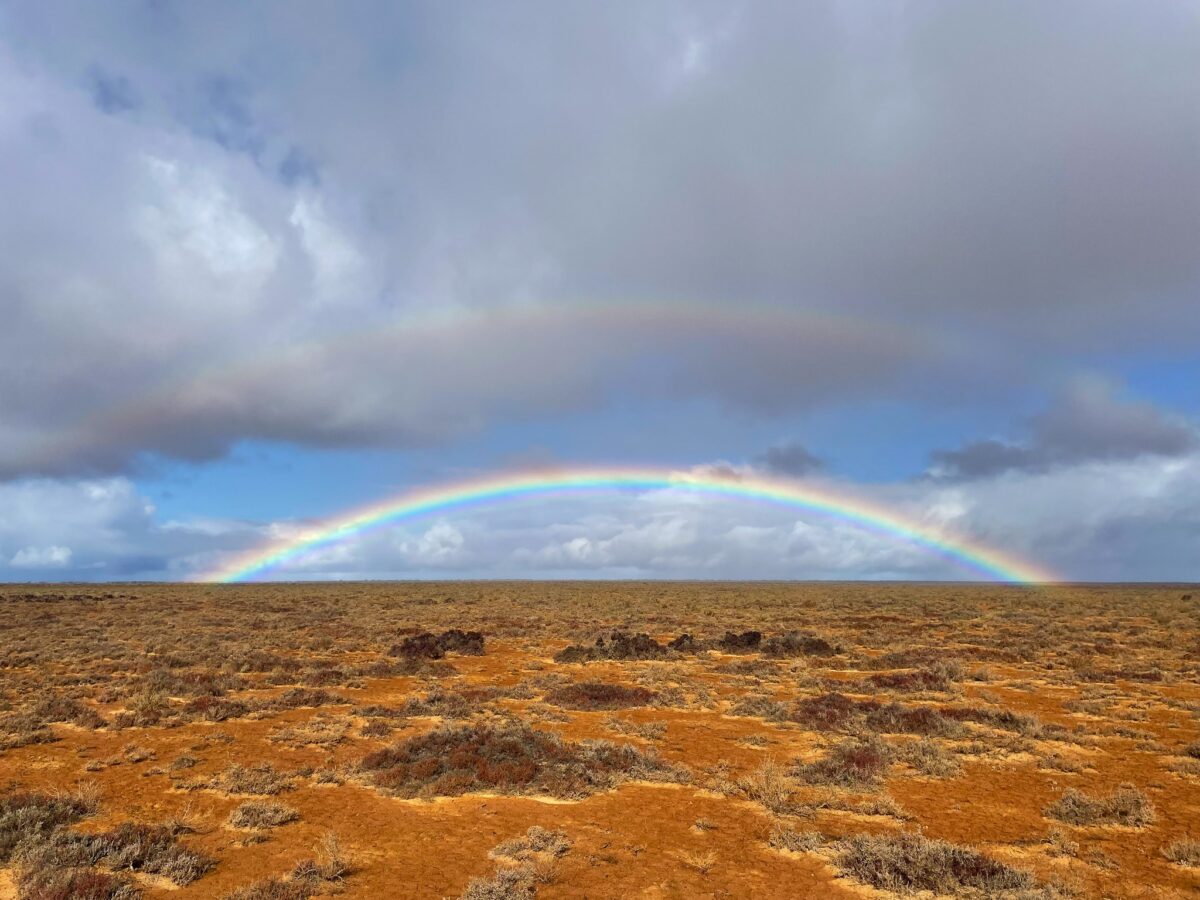International players progress plans for massive WA green energy hub
An international consortium planning to build a 50 GW solar-and-wind energy hub in Australia’s southwest has announced it will partner with Korea’s largest electricity utility to advance the development of what would be one of the largest green hydrogen production facilities in the world.
September 3, 2024 David Carroll

Image: Mirning Traditional Lands Aboriginal Corporation
Share
    
The consortium, including CWP Global, Hong Kong-based Intercontinental Energy and Perth-headquartered Mirning Green Energy, has signed a collaboration agreement with Korea Electric Power Corporation (KEPCO) to advance the development of a $100 billion (USD 67.58 billion) renewable energy generation and green hydrogen production hub proposed for Western Australia’s southern coastline.
The planned Western Green Energy Hub (WGEH), slated for 15,000 square kilometres on the West Australian side of the Nullarbor Plain, would include up to 50 GW of solar and wind generation developed in stages to power electrolysers to produce green hydrogen for both domestic consumption and export.
WGEH said the new collaboration agreement, which follows a memorandum of understanding signed by the two parties last year, will enable detailed examination of the project and a full feasibility study that will guide further development work for the planned first stage of the project that was first unveiled in 2021.
WGEH Chief Executive Officer Ray Macdonald said the first stage is to include approximately 6 GW of solar and wind that would power electrolysers capable of producing up to 330,000 tonnes of green hydrogen per annum.
“WGEH Stage 1 is potentially significant in positioning Australia as a major participant globally in the emerging green hydrogen sector, as well as contributing to meet emerging demand in the Korean marketplace,” he said.
“Progressing a feasibility study with KEPCO, which is a proven global performer with large-scale infrastructure projects, and with its extensive national and international network, is invaluable to realising this potential.”
Macdonald said the collaboration agreement offers several “learning spaces” where both KEPCO and WGEH will leverage personnel, information, First Nations and government relationships, and industry and market contacts, that will be applied to the project.
The feasibility study is to cover project engineering and cost modelling and engagement with government and regulatory agencies, service providers and potential offtakers. It will also help identify Australian and Korean firms that may partner in executing the project, including with design, technology and construction.
The consortium said in a statement that the WGEH prospects have been bolstered recently by the Australian government announcement of a new $2 per kg renewable hydrogen production tax incentive and a clear focus on the renewable hydrogen and green fuels sectors, each part of the federal government’s $ 22.7 billion Future Made in Australia initiative.
Macdonald said a final investment decision on the WGEH is expected in 2029 with first production from the project anticipated around 2032.
pv-magazine-australia.com |





